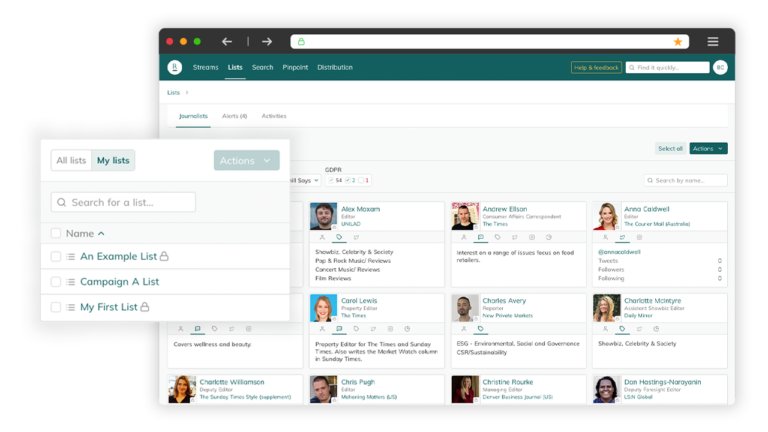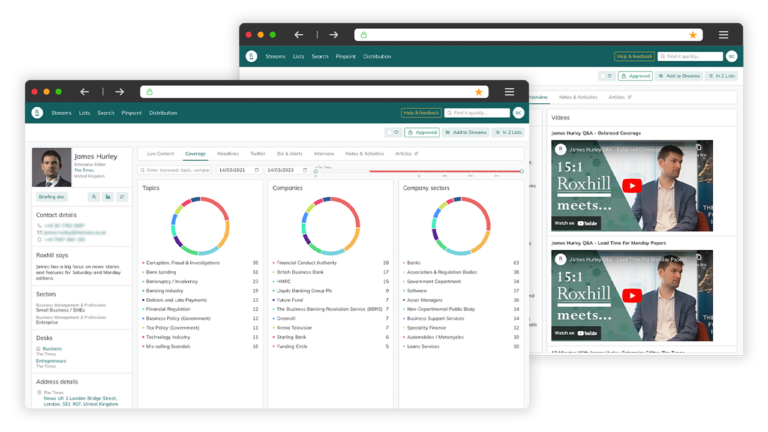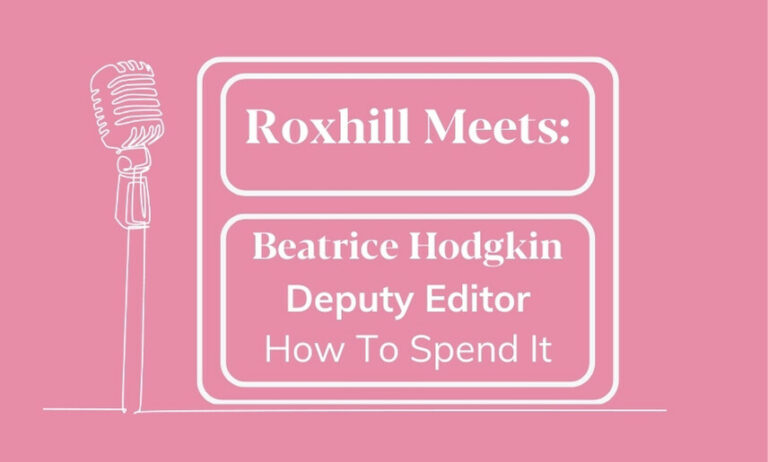Your short and practical guide about how to build media lists that deliver
You’ve probably heard about media lists if you’ve worked in PR for a while.
Those of you who have just started your public relations career probably have some questions, like why do I need a media list, or how do I build one that works?
Tune in to this post as we discuss all you need to know about media lists.
Whether you’re a seasoned PR who wants a refresher or a complete newbie, our PR tips will help you create a valuable press list that supports you in building the right media connections and gets you favourable results.
In this post, we’ll cover:
- What is a media list, and why is it essential?
- 3 reasons why your media list is not delivering.
- 5 steps to create an effective media
- How to maintain your media list.
- The benefits of investing in the right tools.
What is a media list?
A list of your media contacts – journalists, influencers, bloggers, their outlets, publications, contact information, plus any additional details – carefully organised in an Excel spreadsheet or media database tool like Roxhill.
With a relevant media list, you’ll always know your key contacts and to whom to send your clients’ press releases. Creating a well-researched press list is crucial to your communications strategy. It’s the foundation for your PR campaigns.

Why is my media list not delivering?
1. Your data is outdated.
Journalists change outlets all the time, and let’s be honest, it’s difficult to keep up with everything on your radar. Outdated data leads to email bouncebacks or ignored emails (especially if you don’t get names right). To avoid obsolete data, try and update your press list regularly.
Top Tip: Sign up for Roxhill journalist alerts; it’s a quick and easy way to keep up with the ever-changing world of media.
2. The media list is too broad
You distribute bulk press releases to everyone on your list. Journalists quickly pick up on this and don’t bother opening generic emails. Tailor your approach by using filters to narrow down your pool of journalists’ contacts to the relevant names Think about segmenting your media list by topic, country, etc. Remember, not every press release is global, and targeting journalists from a wide range of sectors with the same pitch is likely to be seen as spam.
Top Tip: Keep your press list small and niche-focused; it will be easier to maintain
3. No relationship with journalists on your list
Personal relationships are important for both PRs and journalists. When emailing them first, introduce yourself. Make sure you’ve read their articles beforehand and checked their social media so you can tailor your approach to fit their interests.
Top Tip: Journalists want industry relationships, too. Go to face-to-face events and introduce yourself.
Create an effective media list in 5 steps
Before we get to the steps, it’s important that you make sure your PR campaigns comply with GDPR regulations and consider legitimate interest – is your story relevant to that person? If in doubt, leave the journalist off the list.
Now let’s dive straight into the how-to.
1. Define your target audience:
You need to know your target audience and who’ll eventually read the story. This will help you determine which publications have a similar audience and, therefore most likely to be interested in your story.
2. Research relevant media outlets:
Once you have identified your target audience, research the media outlets that are most relevant to them. Look for publications, blogs, and other publishers that cover topics related to your story.
Example: You’re pitching holidays aimed at people over 50. What are the publications with travel sections your audience reads?
3. Identify relevant journalists:
Once you have identified the media outlets that are most relevant to your story, identify the journalists who cover those topics. Look for journalists who have written about similar stories or expressed interest in your topic. Keep in mind the magic phrase ‘legitimate interest’.
Sticking with the holiday example, there is not much point in approaching journalists who write about holidays for young families; they won’t be interested in over 50s holidays – it is irrelevant for them.
4. Organise your list:
Once you have identified the relevant media outlets and journalists you want to target, organise your list so it’s easy to use. Consider using a spreadsheet or a media database to keep track of your contacts. Ensure your colleagues can also access the file so maintenance will be easier.
What information should your media list have? Here’s an example.
- Outlet title
- Journalist name and role
- Email and phone number
- Link to social media accounts
- Preferred way of contact
- Recent articles
- Topics covered
- Type of content they produce
- Writing style
- Interests
5. Remember: customise your media list by press releases.
Every story needs a list of journalists. See how Roxhill can help you build your next press lists.
Before reaching out to journalists, personalise your approach. Make sure you explain why you think your story would be of interest to their readers and be respectful of their time. Keep in mind that it is the PR’s job to provide relevant stories to journalists.
How to maintain your media list.
Navigating the rapidly changing media landscape is difficult, so regular updates and reviews will help you keep your media lists tidy.
Keep an eye on journalists’ moves and follow their social media accounts – journalists usually post about their job changes there. Don’t keep the updated file to yourself; share it with your PR team to ensure they are also up to date.
If you’re signed up for a media database like Roxhill, they do the job for you and send you alerts when journalists change their beat.
Don’t forget that you are handling personal data, so GDPR rules apply to you and your company. To help PRs remain GDPR compliant- we’ve collected the best GDPR PR practices for PRs with examples here.


Investing in the right tools.
Investing in media relationship tools is an investment in your business; these PR tools keep you in the loop to help you and your team stay relevant. Media databases like Roxhill are regularly updated; this saves you time as you don’t need to research journalists’ details.
Roxhill notifies you of all journalist moves and flags when you need to adjust your media list. Plus, all media lists are easily shareable, customisable and downloadable. You can learn more about how list-building works in Roxhill here.












